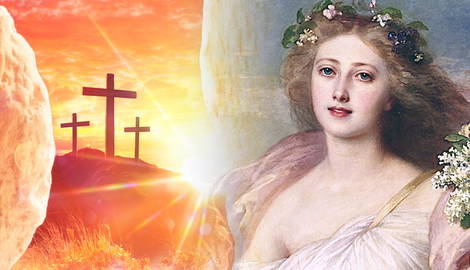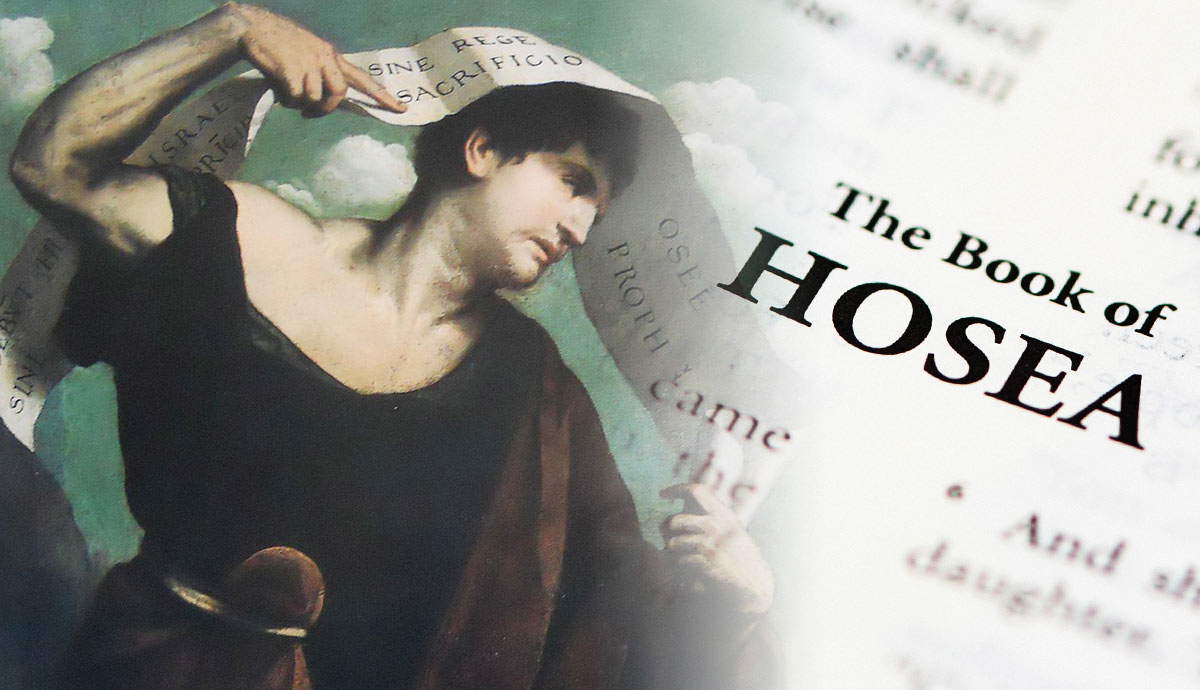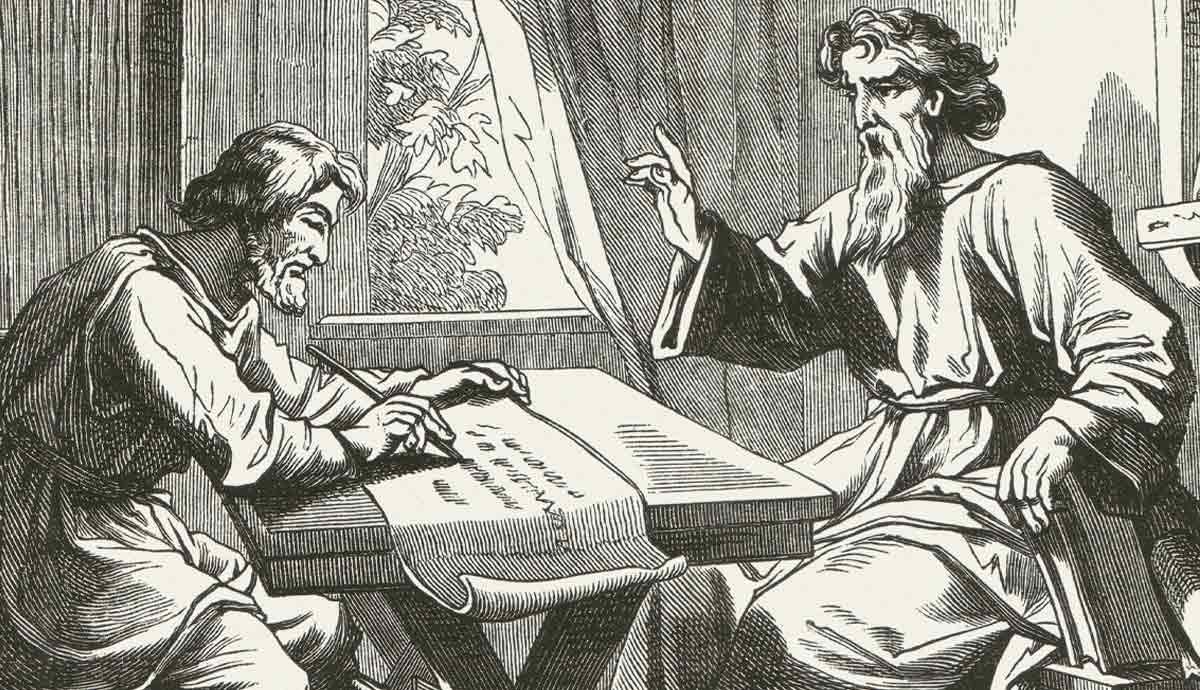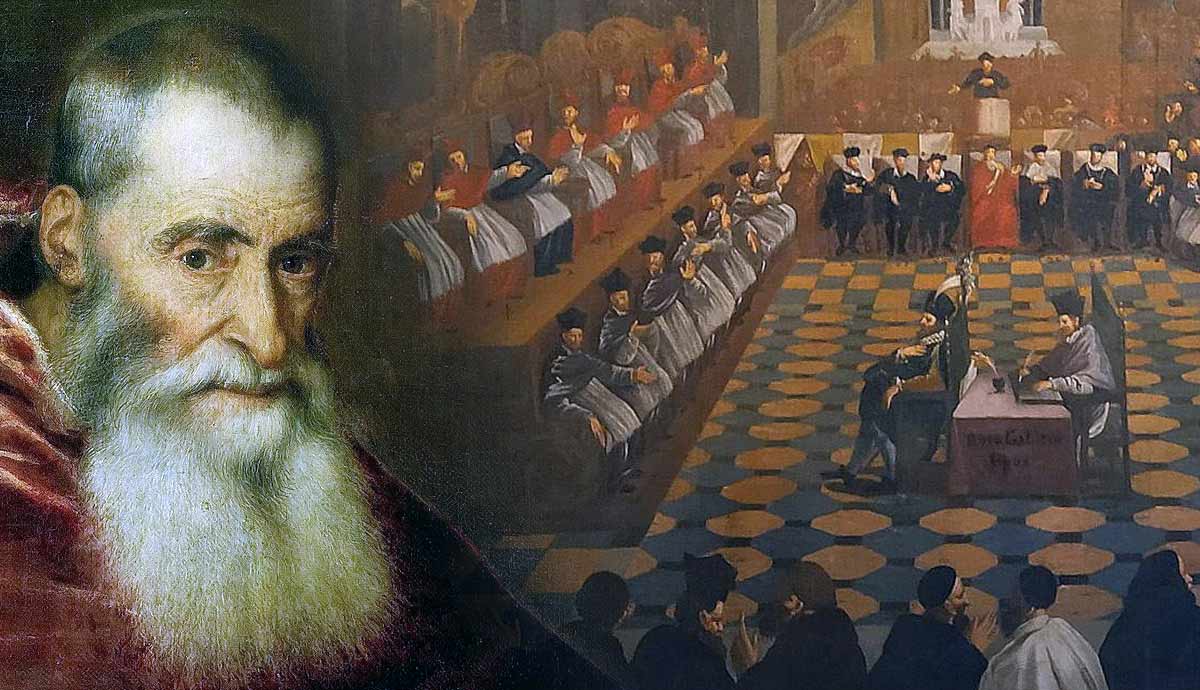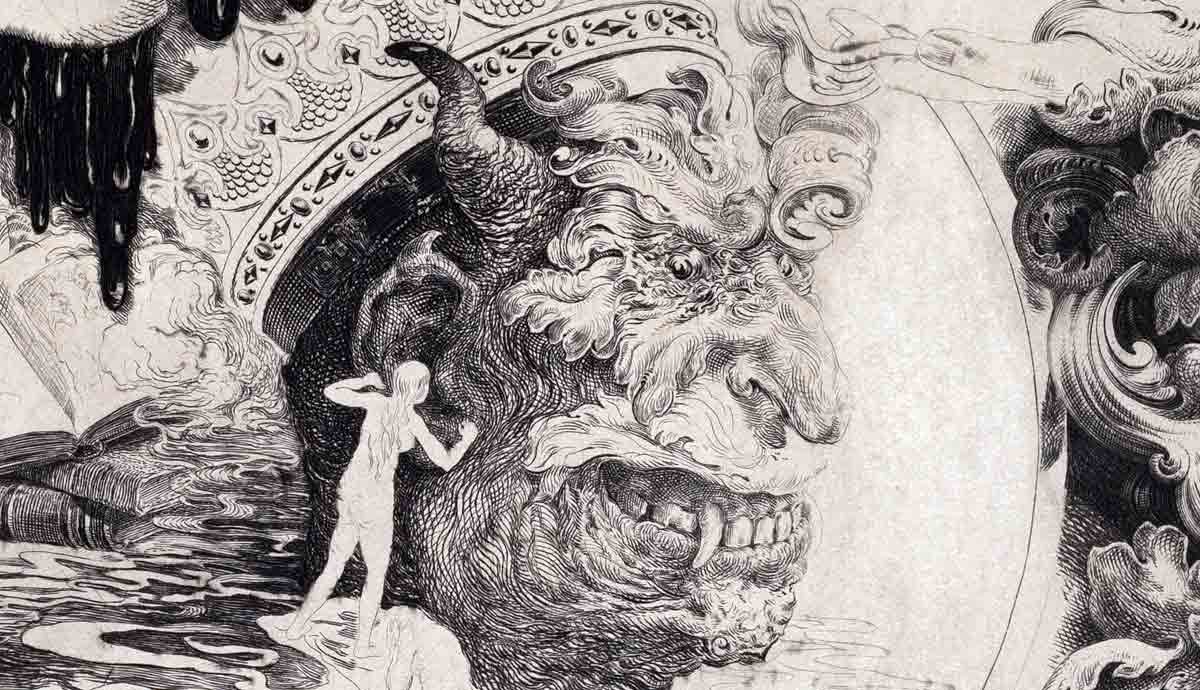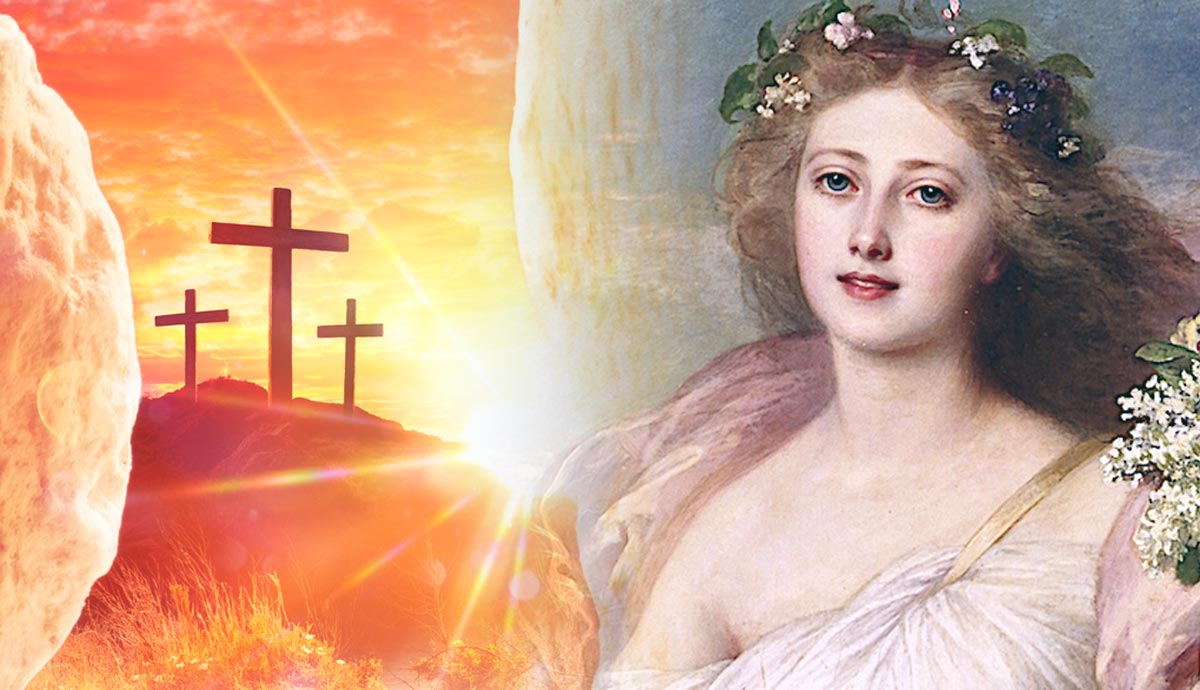
Although the word is associated with the most significant holiday in Christianity, Easter has pagan connections. Nevertheless, many Christians are unaware of the issues surrounding this religious holiday.
Where the name “Easter” originated from and when the correct date of Easter is, are two matters upon which there is no consensus on yet. Be that as it may, the joy of Easter is universal. Irrespective of religious affiliation, people from different traditions seem to share in the joy of the season. Yet, much of the symbolism is lost in translation across cultures and creeds, while different traditions sometimes go unnoticed. We take a trip through Easter to discover the origins, symbols, and traditions of this spectacular festive celebration.
The Origins of Easter

In Christianity, Easter weekend correlates with the first three Jewish feasts: Good Friday, the day of the crucifixion of Jesus, aligns with the Passover. The Feast of Unleavened Bread begins on the Sabbath when Jesus was in the grave, and the feast of the First Fruits prefigured the day of the resurrection of Jesus.
So, why do we name the feast Easter? There are different theories on the origin of the name Easter. According to the Venerable Bede, a 7th-century theologian, the name comes from a pagan goddess named Eostre. Pagans dedicated a month that roughly aligns with April (more or less) and called it Eosturmonath in Old English. Eostre represented Spring (in the Northern Hemisphere) and fertility. She is often depicted with hares, storks, and babies in view, all of which contribute to the idea of fertility.
Another theory claims a Germanic origin for Easter. “Ostern” was the German word for East and may have been derived from the Norse word “Eostrus,” meaning “Spring.” Whichever origin is correct, both relate to the same time of year: Spring in the Northern Hemisphere. Worshippers also knew the Spring Goddess by the name of “Ostara.” Eoster worship aligns with the Vernal Equinox, which roughly correlates with the Old Testament Pesach feast, or Passover.

It should not be a surprise that Easter has some connections to pagan practice. Many, if not all, Christian celebrations have some elements of, or correlation with, pagan practices. During the early church period, it was not uncommon to align Christian feasts with those already established among the pagan communities that Christianity spread through. In some sense, this alignment was purposeful to make the new Christian religion more palatable to non-Christians.
Setting Dates

Setting the date for Easter is not as easy as it may seem. One approach is to follow the Jewish tradition that fixes the Passover to the 14th of Nissan (the 14th day of the first month of the Jewish year). This method of setting the date causes the date to fall on a different day of the week every year, as birthdays do. The Eastern Orthodox Church follows this method. They also follow the Julian calendar rather than the Gregorian version.
The alternative method always sets Passover on a Friday so Easter falls on a Sunday to reflect the day Jesus rose from the dead. The connection with the biblical date of 14 Nissan is lost, though the celebration of the Friday-Saturday-Sunday events associated with the crucifixion and resurrection of Christ stay bound to the weekdays.
In general, Christianity in the West follows the second method. The general rule is that Easter falls on the first Sunday following the first full moon after the vernal equinox. The Council of Nicaea in 325 instituted this rule. It is, however, not quite as simple as that, and some adjustments according to the “computes” are made to align with the solar and lunar calendars.
The Symbolism of Easter

Ask any child what comes to mind when they hear the word Easter, and they will say bunnies and Easter eggs. That is true. We do associate Easter with these symbols. But why? What do bunnies and easter eggs have to do with the resurrection of Christ?
German immigrants introduced the Easter bunny tradition to the United States, though it has much older roots in Germanic culture. Like the name Easter, the Easter bunny has more than one possible origin. One legend claims that Eostre found a bird with frozen wings. She relieved the bird from its predicament by changing it into a hare. The hare, however, retained the ability to lay eggs. Another possible origin story also tells of Eostre, who encountered a bird filled with pride because of the beautiful eggs it lay. This pride irked Eostre, and she turned the bird into a hare as punishment. Several similar tales and legends prevail, all explaining the origins of the Eostre hare that later became the Easter Bunny.
Bunnies are prolific breeders, eggs bear a strong association with fertility, and Eostre was a fertility goddess. The beautiful eggs of the bird filled with pride may be the origin of egg decorating during the Easter season. To merge pagan folklore with Christian tradition, some people have added interpretations to the empty chocolate eggs associated with Easter. The empty egg represents the empty grave after Christ’s resurrection. Such a symbol has no biblical foundation whatsoever.
Various flowers growing from bulbs, especially white lilies, also became synonymous with Easter. They embody the concept of new life and resurrection that springs from the soil after the cold of winter.
The Traditions of Easter

Based on the Passover meal, the tradition of eating roasted lamb during Easter has biblical foundations. The Israelites had to slaughter a lamb and smear its blood on the doorposts and lintels of their houses so that the angel of death would pass them by. The angel executed the tenth plague on Egypt, which saw the firstborn of each household die.
During the Easter festival, many Christian churches organize and take part in Easter parades. One of the most notable Easter parades happens in New York. There is no biblical injunction to hold such parades, but they do tend to add to the festive spirit of the season and add to a sense of belonging by those who take part in them or go to watch the procession go by.
Another Easter tradition is the making of Easter-themed candy. Bunny, chick, and egg-shaped candies abound, and marshmallow easter eggs are favorites. These candies have become so popular that Easter has become the second-best time for selling candy, surpassed only by Halloween.
To Celebrate or Not to Celebrate?

Some Christians refuse to celebrate Easter and Christmas because of the pagan elements they contain. This approach has led to much animosity among Christians with different views. In the end, celebrating a feast should not be forced. Each should be allowed to move from their convictions and remain true to their conscience.
Whichever choice the believer makes, reflection on Christ’s resurrection is one of the most profound and significant activities Christians can engage in. It speaks to the very core of their belief system. As such, it will deepen their faith and establish them more firmly in the foundations of their faith system.
Today it is almost impossible to sanitize any Christian tradition from pagan influence. The reality of the development of Christianity in a pagan context is undeniable.
Conclusion

Many of the traditions and symbols of Easter have no biblical foundation. The name Easter has its origins in paganism. The name likely comes from Eostre (Ostara), the goddess of Spring. She seems to be the origin of the Easter bunny and the egg tradition too. The bunny and eggs are symbols of fertility that some people have adapted to speak of the resurrection of Christ as well.
The tradition of eating lamb during Easter has biblical roots. The Israelites ate the lamb that they roasted after having smeared its blood on the doorposts and lintels of their houses. They did this to prevent the angel of death from killing the firstborn among them.
